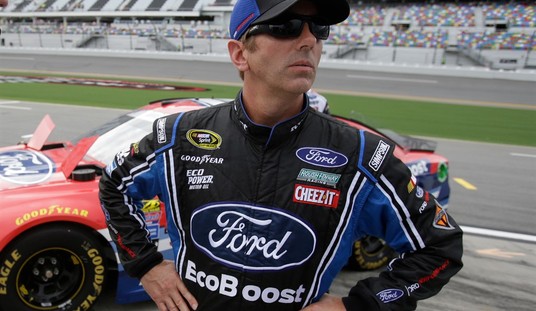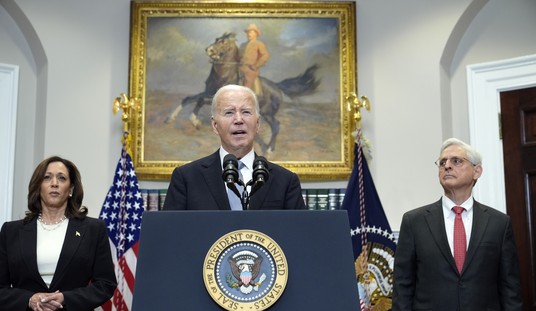My late father and I had frequent and sometimes heated discussions about the state of the auto industry during the late 1960s and early 1970s.
I was the smart alec at the dinner table and in the passenger seat on the way home from high school who came down on the side of “exploited, alienated” labor.
Dad, while intensely loyal to American-made goods — he had difficulty convincing himself that buying a used Toyota would not harm U.S. industry — warned that gold-plated labor agreements and management arrogance would ultimately bankrupt the Big Three (General Motors, Ford, and Chrysler). He decried the UAW’s greed and management’s capitulation, warning that they were all too shortsighted to recognize that they had created the conditions that would lead to the industry’s demise — and that when it came, the joke would be on them.
I remember saying at one point, “Well, if I’m the worker, and I can get overpaid while I work, and make it to retirement with a nice pension while the company suffers or even goes out of business, who was the joke really on?”
Forgive me. I was only sixteen.
There’s no forgiving the Big Three and the UAW. With the exception of a brief period during the late 1970s and early 1980s, they have rarely shown a level of maturity beyond that of a 16-year-old.
By the late 1970s, Detroit was in serious trouble. Ford lost $1 billion one year, a prince’s ransom at the time. GM suffered similarly. Chrysler went to the government and got $675 million in loan guarantees, or about $2 billion in today’s dollars. As you’ll see shortly, today’s taxpayers should be so lucky.
Facing real adversity, the companies and the union took some short-lived stabs at growing up. Ford’s proactive employee involvement program generated serious cost savings. The company even started doing what had previously been nearly impossible — firing line employees for stealing, with the union backing them up instead of defending the indefensible. Similar efforts bore some fruit at GM and Chrysler. But the improvements did not go nearly far enough or last long enough.
Then in the early 1980s, Detroit asked Ronald Reagan for, and got relief from, “unfair” competition from foreign imports. A 1985 Heritage Foundation study noted that “the [resulting] quotas were imposed in response to pleas by the U.S. auto industry that it needed time to grow strong enough to compete with the imports on the free market.” In reality, they enabled the industry and the union to avoid making the difficult decisions necessary for long-term viability.
Even worse for the Big Three, to get around the quotas and to avoid getting caught flatfooted in the future, quota-impaired Japanese companies built state-of-the-art production and assembly facilities in the U.S., mostly in the Midwest. Many of those companies’ keiretsu suppliers followed them to America, putting up plants galore that dotted the countrysides of Ohio, Indiana, Kentucky, and Illinois.
First there was Honda in Marysville, Ohio. Then came Toyota, in Georgetown, Kentucky, followed by Nissan in Tennessee. These companies ultimately expanded into many other U.S. locales. Behind them came German companies like BMW and Mercedes Benz. Nearly every one of the companies named has long since demonstrated that it can build cars in America more inexpensively and with consistently better quality than the Big Three.
Even as they continued to lose market share, Reagan-Bush 41’s “seven fat years” and the largely good economy of the 1990s deluded most of Detroit into thinking that happy days had returned for good.
All the while, the companies remained just one economic downturn away from survival problems. That downturn occurred in 2001; still, no major structural changes ensued. With a second downturn possibly looming, the Big Three are in very big trouble, almost entirely of their own making.
But Uncle Sam won’t allow these incorrigible behemoths to merge or fail. Even after years of engineering failures, marketing failures, cost-control failures, capital expenditure failures, and union contract failures, Detroit is getting $25 billion in loan guarantees. After years of mismanagement from top to bottom, including management-labor relations, salaried employee relations, supplier relations, investor relations, and community relations, Detroit is getting $25 billion in loan guarantees.
After years of drift, GM is getting taxpayer handouts so it can drift some more.
After deliberately losing about $1 billion over a two-year period to a pro-family group’s boycott that it irresponsibly ignored, while during that same time period allowing most of its product line to go stale, Ford is getting taxpayer handouts so it can continue its insufferable political correctness and ignore its potential customers without consequence.
After hiring Home Depot’s failed, unconscionably greedy Bob Nardelli, who then proceeded to run Chrysler into the ground in one short year, Chrysler is getting taxpayer handouts — so Nardelli can continue his company-gutting reign of terror.
My father and I were both wrong. It turns out that the joke is on all of us.
Congress’s passage of the auto industry bailout is a disgrace. That President Bush is willing to sign on to this nonsense is indefensible. When will it ever end?









Join the conversation as a VIP Member